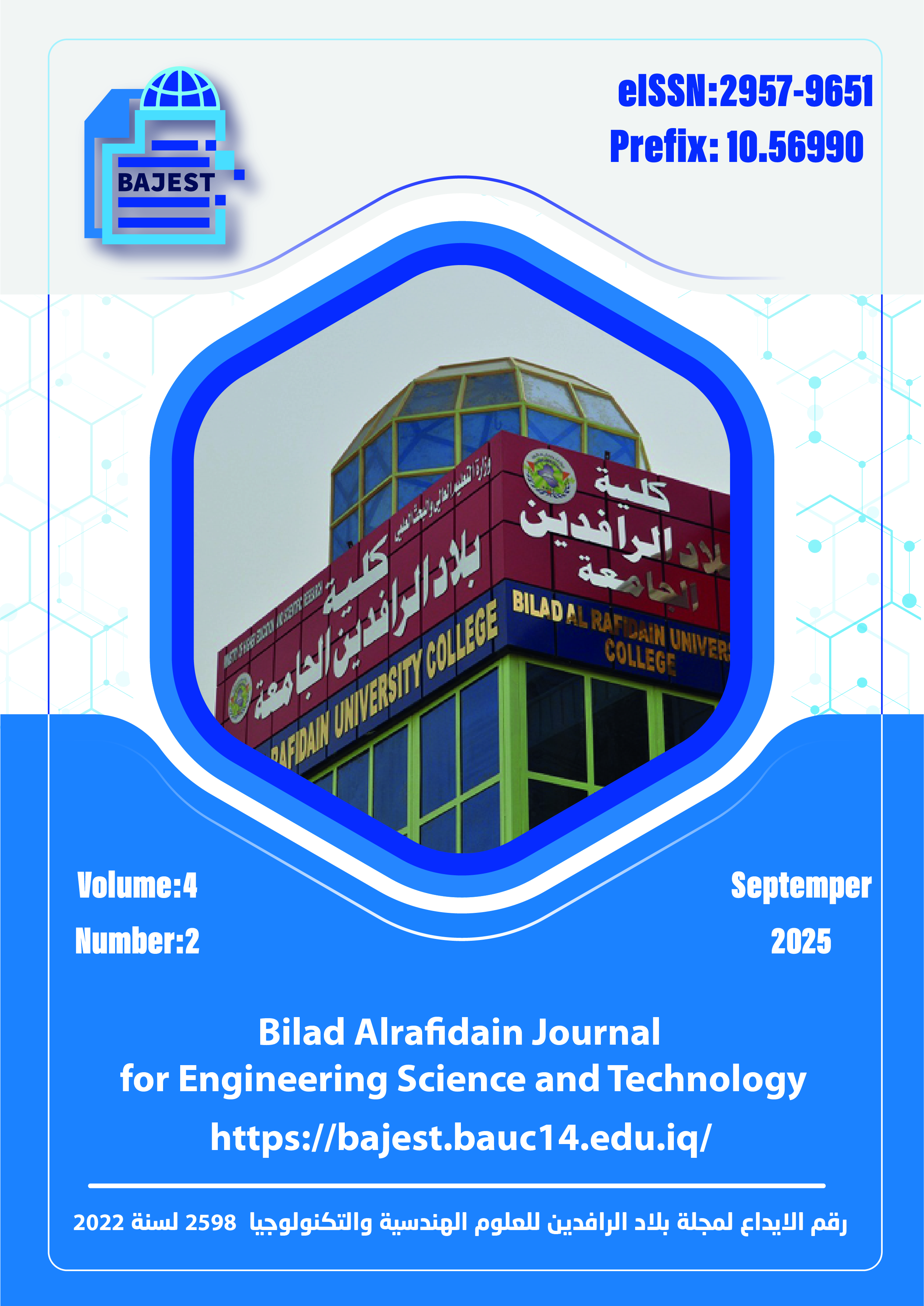Abstract
Microgrids serve as primary links for diverse loads, while numerous locally situated power supply systems are concurrently established in various locations. Grid-integrated hybrid renewable energy power conversion systems have gained significant popularity in recent years. However, a novel and effective control methodology must be implemented to supply high-quality power at the local load bus. The 3rd Order Degree of Freedom – PID (3DOF-PID) controllers stand out among numerous controllers, demonstrating exceptional performance across a wide range of operating conditions. In this paper, a hybrid system comprising a solar power plant and a wind power plant is examined, with a focus on its benefits to the power grid. Furthermore, Sliding Mode Control (SMC) techniques are applied to all photovoltaic (PV) and wind power conversion systems to facilitate the operation of the boost converter as Maximum Power Point Tracking (MPPT) devices. A shared DC bus is created by combining all converters in the solar power facility and the wind energy conversion plant. An inverter is integrated between the DC bus and the utility grid's point of common coupling (PCC). The study presents a robust control strategy utilizing 3DOF-PID controllers to ensure high-quality power delivery at the PCC while accommodating a diverse range of load combinations, including both linear and nonlinear loads, as well as single-phase and three-phase reactive power loads. 3DOF-PID controllers have been created for each converter and incorporated using OPAL-RT technology and modules within a Real-Time Simulator (RTS). The results are presented through RTS to evaluate the suggested control methodologies for the power supply system that integrates grid-connected hybrid renewable energy sources (RESs).
Keywords
3DOF-PID
Grid connected system
Power Quality
PV
wind
